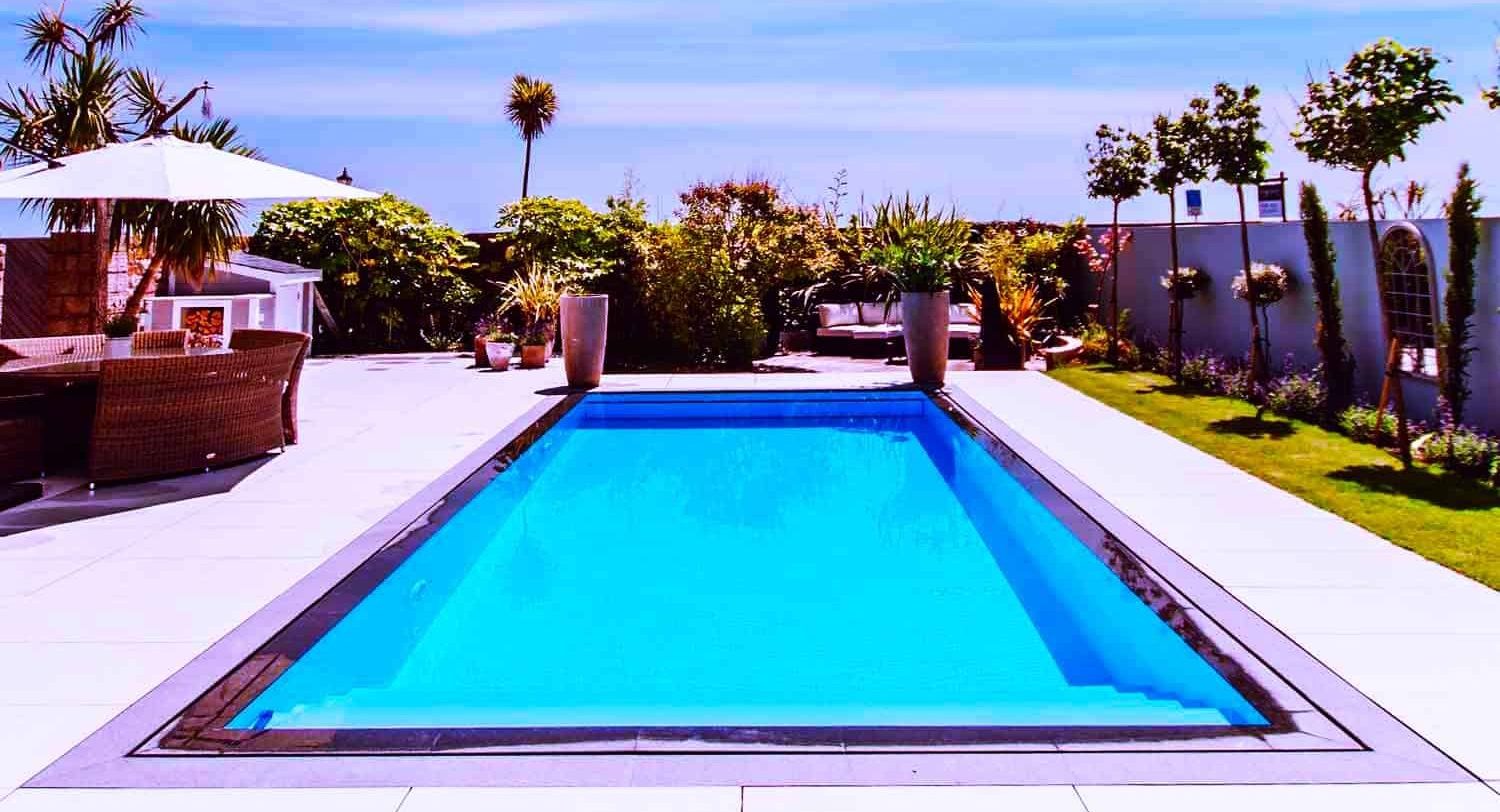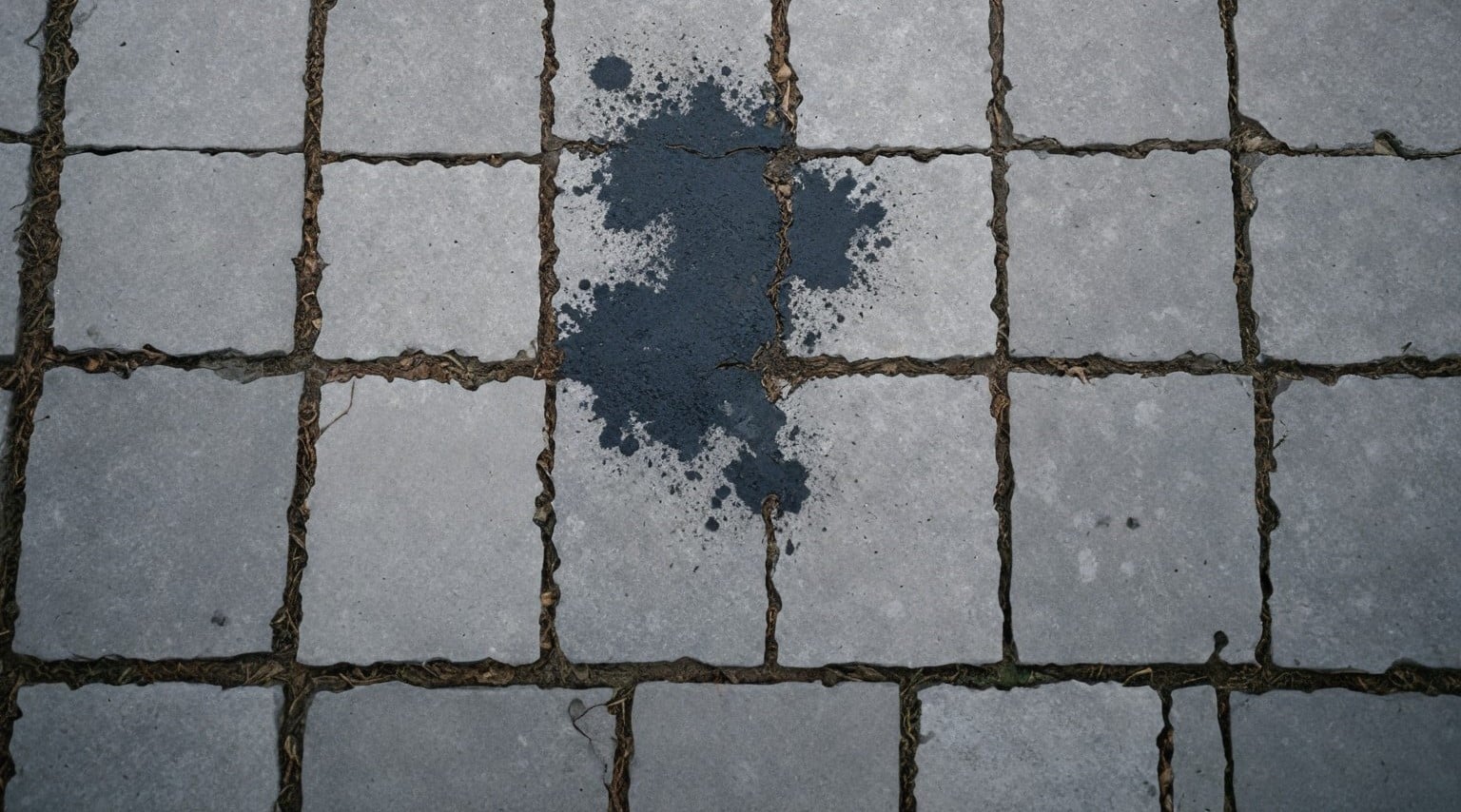Over 85% of people feel more at peace in a hassle-free environment, yet our outdoor spaces often miss out on this trend. A minimalist landscape is an approach to design that emphasizes simplicity, functionality, and tranquillity.
These landscapes prove that less truly more, providing a calm place that invites relaxation and reflection. With careful planning and an eye for detail, creating a minimalist landscape transforms any outdoor space.
Defining Minimalist Design Principles
In minimalist landscape design, simplicity reigns supreme. This approach strips away the unnecessary, focusing instead on functional elements that serve a purpose. Gardens and outdoor spaces become quiet retreats where every plant, stone, or piece of furniture lies on purpose.
The beauty of this design lies in its restraint. It’s not about having less for the sake of minimalism but about having just enough to create a space that feels open and uncluttered. This principle encourages homeowners to consider what is truly important in their outdoor living areas.
Clean lines
Clean lines are a hallmark of minimalist landscapes. They create a sense of order and structure, guiding the eye through the space effortlessly. These elements contribute to an overall feeling of calm.
They allow individual elements to stand out more significantly, emphasizing quality over quantity. The result is an outdoor environment that feels both expansive and intimate.
Essence over decoration
Minimalist design principles prioritize the essence of elements over decoration. This philosophy values the intrinsic beauty and function of materials and plants rather than relying on ornate details to convey the style.
Elements in Minimalist Landscaping
Geometric shapes are a part of a minimalist landscape design. They bring order and simplicity to outdoor spaces. Circles, squares, and rectangles define areas for specific uses, like dining or lounging.
These shapes also guide plant arrangements. Instead of random placements, plants follow structured patterns. This approach reduces visual clutter and emphasizes the beauty of each species.
Simple arrangements
In minimalist landscapes, less is more when arranging plants. Designers select a few species that thrive in similar conditions and group them in clean lines or symmetric patterns.
This simplicity extends to lawn ornaments as well. Minimalist landscapes often feature one or two statement pieces rather than collections of small decorations. These pieces serve as focal points, drawing the eye and adding interest without overwhelming the space.
Limited palette
A limited colour palette provides visual coherence across the landscape. Shades of green dominate, punctuated by white or another accent colour. This restraint in colour choice creates a calm, unified look.
Flowering plants are chosen with care to avoid disrupting the palette. Those that blend seamlessly with the overall design are favoured over bright, attention-grabbing options.
Negative space
Negative space is as important as the elements it surrounds in minimalist landscape design. Open areas without plants or structures improve the sense of openness and freedom.
Designers strategically use negative space to highlight key features or create pathways through the garden. This use of emptiness makes the landscaped areas stand out even more.
Tips for Implementing Minimalist Design
Opt for species that offer sculptural beauty with minimal upkeep. Succulents, ornamental grasses, and evergreens are excellent choices. These plants provide clean lines and year-round interest with little maintenance.
Succulents, for instance, thrive in various conditions and seldom require watering. Their unique forms add an artistic touch to the garden. Ornamental grasses sway gracefully in the breeze, bringing movement and texture. Evergreens maintain their colour all year, so your garden always looks upright.
Natural materials
Natural materials like stone and wood improve a minimalist feel. Use these materials to create paths, borders, or focal points in your garden.
Stone offers durability and blends seamlessly with the outdoor environment. It can be used for pathways or as decorative elements within the garden beds. Wood adds warmth and texture. Together, stone and wood contribute to a harmonious aesthetic that feels both modern and timeless.
Water features
Water features introduce tranquillity into a minimalist landscape without adding clutter. A simple fountain or a small reflecting pool becomes the centrepiece of your garden.
The sound of water adds a calming effect, transforming your outdoor space into a serene retreat. To maintain the minimalist approach, choose sleek and straightforward designs. For example, a single-tier fountain or a shallow pond lined with stones keeps the design clean while providing movement and life.
Natural Elements
Choosing drought-tolerant plants is very important for a minimalist landscape. They make sure sustainability and require less maintenance. Such plants adapt well to their local environment, reducing the need for watering and care.
Native plants thrive with minimal intervention. They provide a strong foundation for any minimalist design, emphasizing the beauty of nature without the fuss. Their resilience makes them ideal for creating a low-maintenance garden that still captivates.
Textures
Natural textures play a significant role in adding visual interest while keeping the overall design simple and uncluttered. The inclusion of rocks and bark introduces subtle contrasts within a minimalist setting.
These elements bring depth to the landscape. They create an engaging visual impact without overwhelming the senses. Designers craft spaces using textures that feel both peaceful and exciting.
Permeable materials
Another key aspect of minimalist landscaping is the integration of permeable materials. These materials help reduce water usage and support environmental sustainability. Materials like gravel or permeable pavers allow rainwater to seep through, replenishing groundwater supplies.
This reduces runoff, protecting local waterways from pollution. Using porous materials in walkways or patios adds functionality to beauty, aligning with minimalist principles of simplicity and sustainability.
Creating Spaciousness and Simplicity
Achieving a minimalist landscape hinges on the deliberate use of open spaces. To begin, focus on clean lines and a restricted colour palette. This approach confirms that every component contributes to the overall aesthetic without causing visual clutter. Simplicity in design does not equate to monotony.
Instead, it allows each element’s beauty to stand out more prominently. For instance, a single line of carefully trimmed hedges or a well-placed sculpture becomes an eye-catching point that draws the eye and evokes a sense of appreciation.
Maintaining a clutter-free environment is important in preserving the minimalist aesthetic. Regularly assess your outdoor space for items that do not serve a purpose or detract from the overall design.
When incorporating natural elements from the previous section, consider their impact on light and shadow within your landscape. The interplay between these two factors adds depth and interest to your minimalist design. Strategically placed trees cast shadows that create dynamic patterns throughout the day, adding an ephemeral quality to your space’s simplicity.
Pay attention to perspective and placement when selecting plants and hardscape materials. Opt for species with simple forms and textures that complement rather than compete with each other. In terms of hardscaping, choose materials that align with your desired colour scheme and contribute to clean lines within your design.
Benefits of Minimalist Landscapes
Minimalist landscapes stand out for their low-maintenance nature. This approach to landscaping emphasizes simplicity, using fewer elements to create a cohesive and elegant outdoor space.
Homeowners appreciate the reduced need for constant care, pruning, and weeding. A minimalist landscape requires less time and effort to maintain its beauty. This benefit is particularly appealing for those seeking an attractive outdoor area without extensive upkeep.
Water conservation
Sustainability is at the heart of minimalist landscaping. The strategic use of drought-resistant plants and efficient irrigation systems contributes significantly to water conservation. In areas where water scarcity is a concern, adopting a minimalist landscape drastically reduces outdoor water usage.
Serenity and balance
The simplicity and elegance inherent in minimalist landscapes foster a sense of serenity and balance. These spaces often use clean lines and open areas, creating a tranquil retreat from the rush of daily life.
The thoughtful placement of each element provides the outdoor space with a place where people can relax and rejuvenate.
Avanti Landscaping stands as a testament to excellence in creating minimalist landscapes that meet every client’s needs, meeting all building codes. Avanti Landscaping provides that each project reflects the principles of minimalism, simplicity, functionality, and beauty without compromising on quality or sustainability.
Their expertise in landscaping Aurora homes showcases how professional execution can bring the vision of a minimalist landscape to life, improving both aesthetic and environmental sides.
Minimalist Landscaping for Luxury Homes
Minimalist landscaping elevates the luxury and sophistication of high-end homes through its simplicity and elegance. It accentuates a property’s architectural features, creating a harmonious balance between the built environment and natural elements.
The use of clean lines and a restrained palette in landscape architecture improves the visual appeal. A minimalist yard focuses on quality over quantity. It incorporates premium materials that withstand time and elements.
Modern complement
The synergy between minimalist landscapes and modern architectural styles is undeniable. Minimalist design principles align perfectly with contemporary architecture, emphasizing functionality, simplicity, and spatial openness.
Architects often use wide-angle lenses to capture this seamless integration in photographs, showcasing how indoor-outdoor living spaces blend effortlessly. This unity improves the overall aesthetic and functional value of luxury properties.
Tranquil spaces
One of the most appealing aspects of minimalist design is its ability to create exclusive and tranquil outdoor living spaces. A minimalist landscape serves as a serene backdrop to luxury homes, offering a peaceful retreat from busy lives.
Through strategic placement of greenery and water features, these landscapes evoke a sense of calmness and relaxation. The simplicity of a minimalist yard emphasizes quality leisure time without the distraction of excessive decorations or clutter.
Sustainable Practices in Minimalist Design
Selecting drought-tolerant plants is important for a minimalist landscape. These species require less water, reducing the environmental footprint.
Homeowners maintain an eye-catching aesthetic without excessive watering. This conserves water and also supports local biodiversity.
Permeable paving
Another sustainable practice in minimalist landscaping is using permeable paving materials. These materials allow rainwater to seep through, replenishing groundwater supplies and reducing runoff.
Permeable pavements made from gravel, porous concrete, or brick sweeten the minimalist design style while promoting eco-friendly practices. They offer a sleek look that complements minimalism’s simplicity.
Water reduction
Minimalist landscapes significantly reduce water usage. The design style emphasizes simplicity and space, using fewer plant varieties that are often more drought-resistant.
This reduction in plant diversity and lawn area leads to lower water consumption. It’s a win-win for both the environment and homeowners looking to cut utility costs.
Eco-friendly practices
Adopting minimalist principles in landscape design promotes eco-friendly practices beyond just water conservation. Minimalist landscapes often use recycled materials for hardscaping and favour organic fertilizers over chemical ones.
These practices help reduce waste and pollution, contributing to a healthier environment. They align with the minimalist philosophy of reducing excess and living more sustainably.
Conclusion
Regular pruning and upkeep are basic to maintaining the minimalist aesthetic. This discipline guarantees that each element of the landscape serves a purpose and contributes to the overall design.
Careful maintenance is important for making landscapes more precise and visually appealing. This preserves their beauty and prevents overgrowth and excessive resource use.

